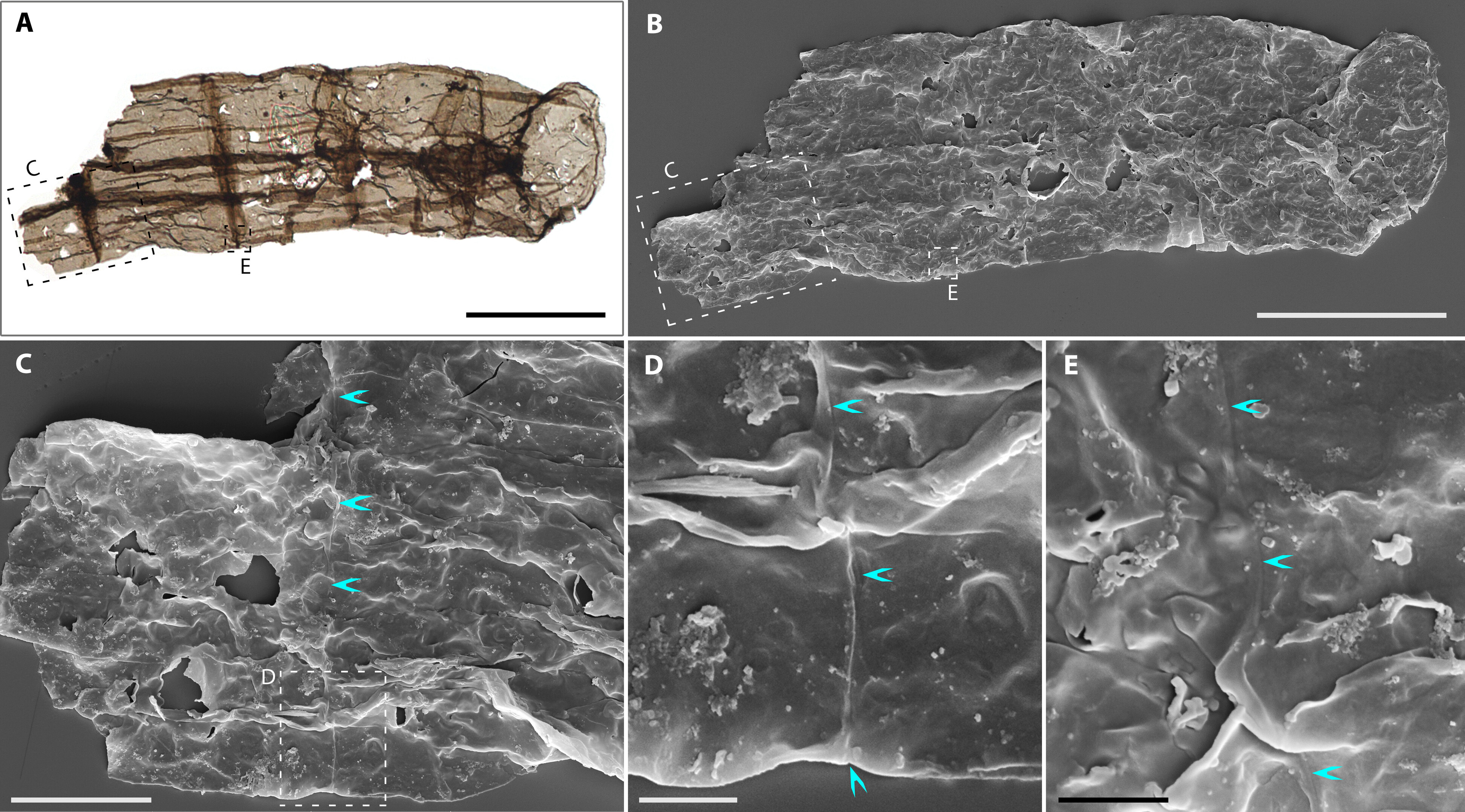# 1.63-billion-year-old fossil may rewrite the history of multicellular life
The first time Dr. Maoyan Zhu saw the fossil that would change how he thought about early life on Earth, he was visiting his friend, Shixin Zhu, in his home in North China.“Next to Shixin’s sofa were several beautiful fossils,” Dr. Zhu, a paleobiologist from the Nanjing Institute of Geology and Paleontology, told Big Think. “One was exceptionally large—it reminded me of modern seaweed fossils. When Shixin told me that the rock was 1.56 billion years old, I instantly realized that this was something special.”Along with a team of researchers, the pair formally analyzed the fossil and published their findings in 2016. They described it as the oldest known multicellular eukaryote, related to all animals, plants, and fungi. Initially, the team did not name the fossil, choosing instead to focus on describing its important physical features rather than its taxonomic relationship with other species.This chance find would lead Dr. Zhu and his colleagues to a series of discoveries that culminated in this January’s publication of another ground-breaking finding: a 1.63 billion-year-old multicellular eukaryote. The article, published in Science Advances, shows that early life on Earth was far more complex than scientists had thought.Revising life’s timelineBiologists group life into two major categories: eukaryotes and prokaryotes. Eukaryotes, which include all animals, plants, and fungi, have cells with DNA enclosed in a nucleus, while prokaryotes have free-floating DNA. Prokaryotes evolved approximately 4 billion years ago. The first single-celled eukaryote joined nearly 2 billion years later. Prior to the 2016 publication by Dr. Zhu and his colleagues about the large, seaweed-like fossil, the oldest known multicellular eukaryote dated back to 600 million years ago. That means that their 2016 finding of the large, 1.56-billion-year-old fossil, pushed the evolution of multicellularity back by a staggering 1 billion years. This discovery rippled through the scientific community and motivated Dr. Zhu and his team to keep studying the Yanshan region of North China, where Shixin Zhu had discovered the fossil. This time, the researchers sought out smaller specimens that had more well-preserved cell structures.Dr. Zhu and another paleobiologist from the Nanjing Institute, Dr. Lanyun Miao, had already been collecting and studying 1.63-billion-year-old shale rocks from the Chuanlinggou Formation in the Yanshan region. Now, they looked at their samples with a renewed interest and perspective, hoping to find more evidence of ancient multicellularity.














